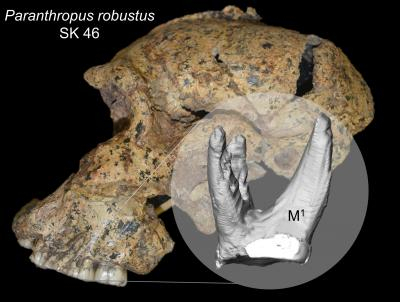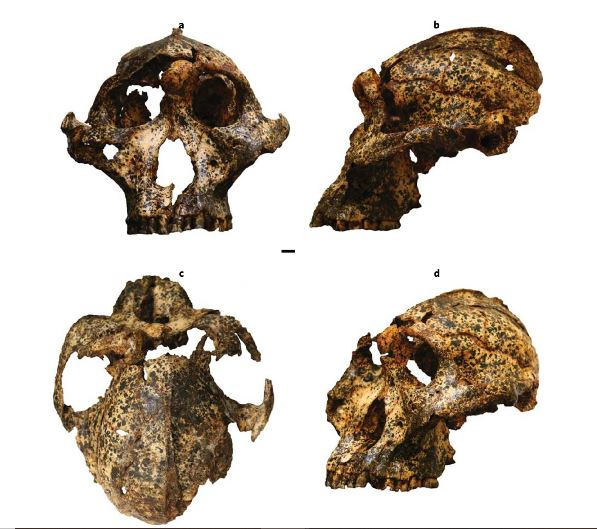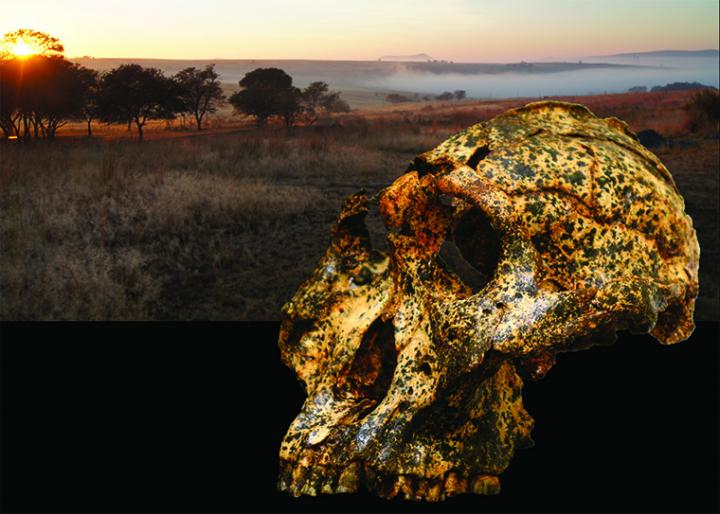The more we claim that humans know their history on the plant of earth, the more we prove ourselves wrong as scientists continue to find new mysteries in human evolution. An Australian research team in South Africa has discovered a skull belonging to a two-million-year-old distant cousin of humans.
As per the research team from Melbourne's La Trobe University, the fossil is believed to be the earliest known evidence of the Paranthropus robustus, a "cousin species" to Homo erectus. The fragments of the skull were first found at the Drimolen archaeological site north of Johannesburg in 2018.

The skull, belonging to a male Paranthropus robustus, was found just a few meters away from the discovery location of a child Homo erectus—known as the direct ancestors of modern humans—skull which was unearthed in 2015.
Paranthropus Robustus and Homo Erectus

These two species used to live around the same time but the Paranthropus robustus (see video) had smaller brains and larger teeth. However, as per the scientists, Paranthropus robustus died out earlier.
Dr. Angeline Leece told the BBC that "most of the fossil record is just a single tooth here and there so to have something like this is very rare, very lucky". She also said that these two different species represent divergent evolutionary experiments.
After the discovery of the skull, the archaeologists spent years analyzing the fossil and the findings were published this week in Nature, Ecology, and Evolution. According to Jesse Martin, who is the co-researcher of the study, working with the fossil pieces was like handling "wet cardboard".
He also noted that the discovery of such skull presented a rare example of "microevolution" within the human lineage. However, it is believed that the Paranthropus robustus' diet involved eating mainly tough plants, like tubers and bark.

Dr. Leece explained that over time, Paranthropus robustus likely evolved to generate and withstand higher forces produced during eating the food "that was hard or mechanically challenging to process with their jaws and teeth". As per the scientists, there is a possibility that a wetter environment triggered by climate change may have reduced the amount of food available for the species.
"While we were the lineage that won out in the end, two million-years-ago the fossil record suggests that Paranthropus robustus was much more common than Homo erectus on the landscape", added Dr Leece.









